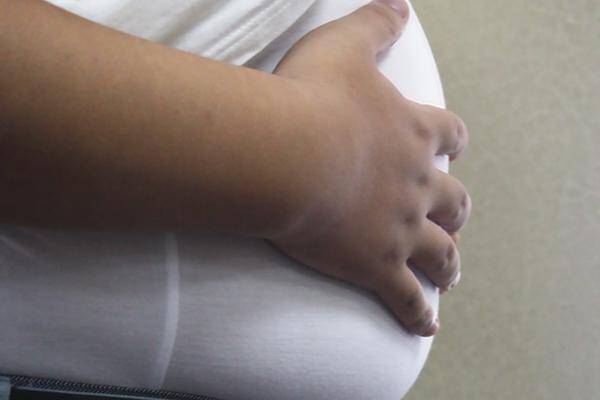When it comes to weight loss exercise, many people immediately think of running as a method. Aerobic exercise can continuously consume body heat, even after the exercise, the body’s metabolism will speed up for a period of time, causing us to burn more calories and help us continuously burn fat, achieving the effect of weight loss.
However, many people have also noticed that at the beginning of running, especially for those with heavier weights, combining it with diet control can lead to significant weight loss. There may be a plateau, but as long as you persist, you can overcome it, and then the weight will decrease again, and the visible fat on the body will gradually reduce.
Many say that as long as you keep exercising, you will definitely see results. However, many have found that in the later stages of running, even if they continue the exercise or increase the intensity, the stubborn belly fat is the most difficult to lose. Today, let’s talk about the reasons for these issues.
Why is it so difficult to reduce belly fat in the later stages of running for weight loss?
The main reason for this is that our abdomen is the last line of defense for storing fat in our bodies. The fat in our abdomen is like the hump on a camel’s back, it is stored as a reserve to provide heat to the body in crucial moments, making it the hardest part to lose during weight loss exercises.
If it’s already difficult to lose belly fat in the later stages of running, how can we get rid of the last bit of fat on the belly?
Aerobic running is indeed a good way to lose weight, but it’s not the only method. In the later stages of running, we can try incorporating strength training. In simple terms, it’s muscle training. We can try exercises like crunches or sit-ups to train the abdominal muscles, which can also accelerate fat burning.
Many believe that only aerobic training can lead to weight loss, but that’s not entirely true. After strength training, our muscles grow – unlike fat, muscles require calories to maintain. So, with more muscle, our basal metabolism increases, and we burn more calories daily, making weight loss easier.
During aerobic training, it’s not just fat that’s lost but also water weight and muscle mass. Losing muscle mass is a common issue during aerobic training, making the weight loss effects less effective over time. If you continue increasing aerobic exercise, it can strain the body. At this point, incorporating appropriate strength training is the best solution.
During strength training, aside from consistency, additional protein intake is necessary. Adequate protein intake promotes muscle growth, boosts metabolism, and enhances weight loss results. Muscle training helps shape the body, preventing sagging skin post weight loss, resulting in a defined, healthier, and more attractive physique.
In conclusion, when facing stubborn fat in the later stages, opt for strength training. A combination of aerobic and strength training is beneficial for maintaining overall health. With long-term commitment, visible results are achievable, but it’s crucial to control diet. While protein intake is essential for strength training, excess fat and sugar intake should be monitored.


